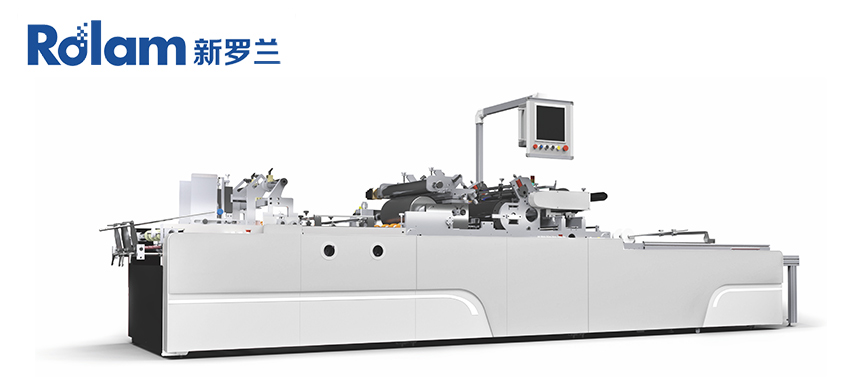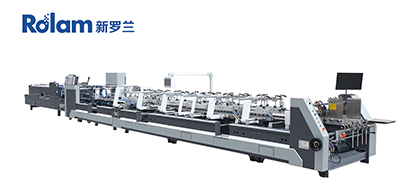What Happens to Excess Solar Power When Batteries are Full?
With the increasing popularity of solar power, more and more homeowners are investing in solar panels to generate their electricity. One of the most significant advantages of solar power is that it allows homeowners to produce their electricity and reduce their reliance on the grid. However, the power generated by solar panels is not always consistent, and excess energy is often produced. When batteries are full, what happens to this excess solar power?
A home solar power system typically includes a set of batteries that store excess energy produced during peak solar hours. These batteries are designed to provide power during periods of low sunlight, such as at night or on cloudy days. Once the batteries are fully charged, any excess solar power that is generated is typically sent back to the grid.
This process is known as net metering, and it allows homeowners to earn credits for the excess solar power that they produce. These credits can then be used to offset the cost of electricity from the grid when the solar panels are not producing enough energy to meet the homeowner's needs. Net metering is a crucial component of any home solar power system as it enables homeowners to reduce their reliance on the grid and save money on their electricity bills.
Another option for homeowners with excess solar power is to store it in an additional battery bank. These additional batteries can be used to power other devices or appliances in the home, such as an electric car or an outdoor lighting system. This approach ensures that all the energy produced by the solar panels is used efficiently and not wasted.
In conclusion, excess solar power generated by a home solar power system is typically stored in batteries. Once the batteries are full, any excess energy is sent back to the grid, and homeowners earn credits for the power they produce. Alternatively, homeowners can store excess energy in additional battery banks to power other devices and appliances in the home. By using these approaches, homeowners can reduce their reliance on the grid and maximize the benefits of solar power.






